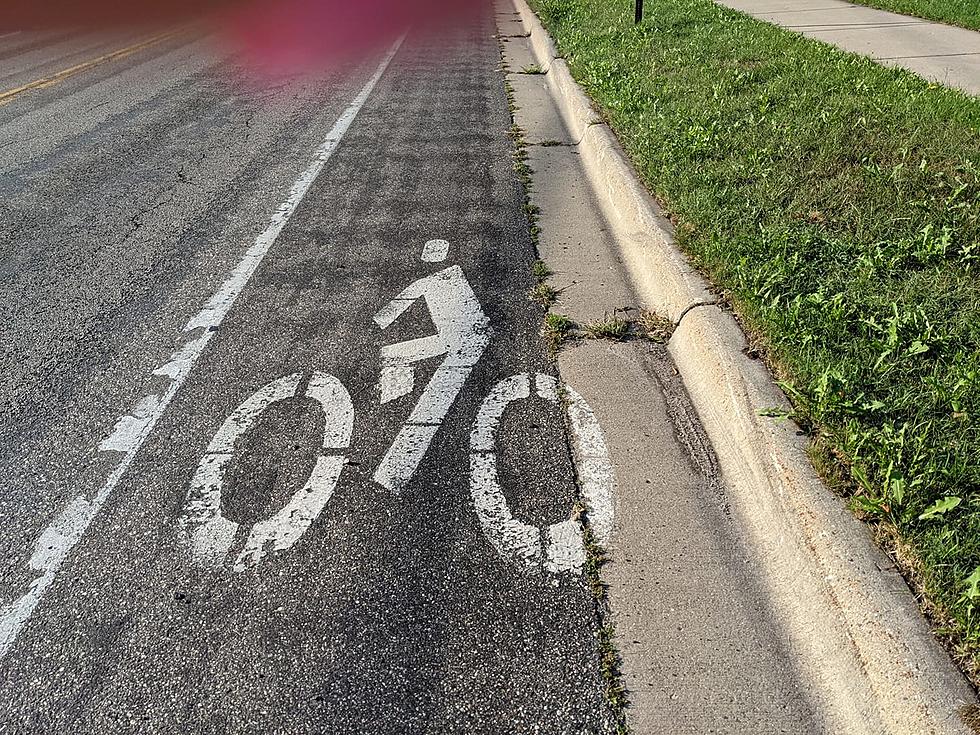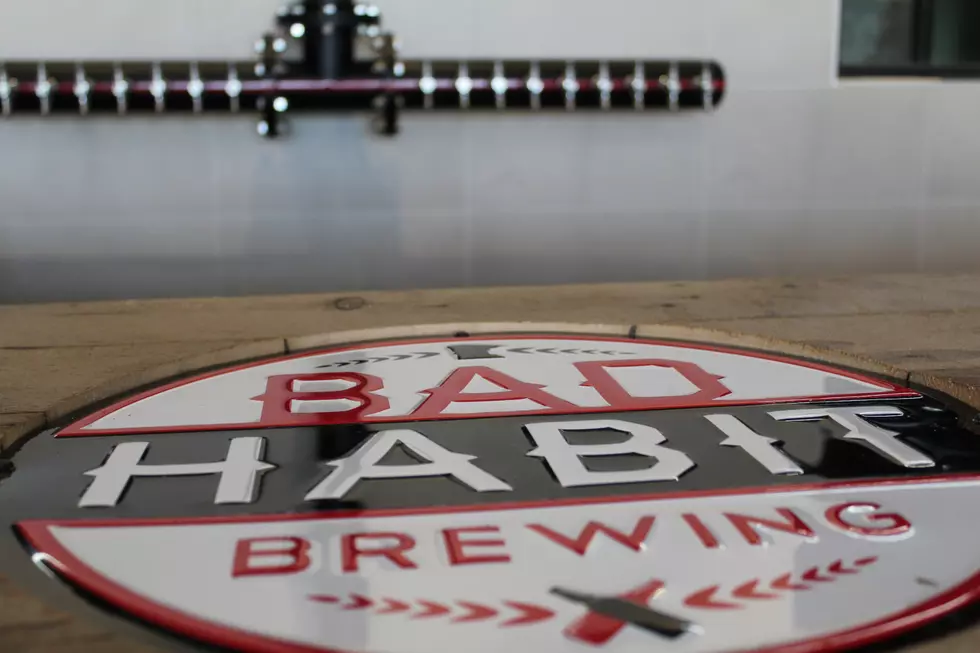
HOT in Minnesota This Week – Heat Exhaustion VS Heat Stroke
Well, the heat is on this week in Minnesota. We have all seen the temperatures soar in the southern half of the country, now, it's our turn.
This week the forecast is showing temperatures well into the 90s, with Wednesday looking like it's possible to hit triple digits. Plus, the humidity will be on the rise. This is just uncomfortable for everyone. But there are also health concerns to take into consideration.

When the temperatures get this warm, there is a heightened chance of heat exhaustion and/or heat stroke. But what is the difference? How do you know which is which?
This is from ClevelandClinic.org
| Heat exhaustion | Heat stroke |
| High body temperature between 101 F (38.3 C) and 104 F (40 C). | High body temperature above 104 F (40 C). |
| Pale skin. | Dry, red skin. |
| Muscle cramps. | Inability to sweat. |
| Headaches. | Seizures. |
| Dizziness. | Dizziness or fainting. |
| Weakness and fatigue. | Slurred speech. |
| Rapid breathing and increased heart rate. | Hallucinations and altered mental state. |
| Nausea and vomiting. | Confusion, aggression or agitation. |
Also, if you are outside for an extended period of time, or if you happen to have a job where you are working outside, make sure you are drinking enough water. The CDC says the recommended amout of water to be consumed under these conditions is:
Mostly, try and stay cool if you can. Stay inside if you are in an air conditioned area. Or, head to a pool, lake, water park, splash pad, etc. And remember the sun screen!
LOOK: Biggest Tornadoes in Minnesota of the Past Decade
Here is the lineup of The 2023 Minnesota State Fair Grandstand Concert Series
More From 98.1 Minnesota's New Country








